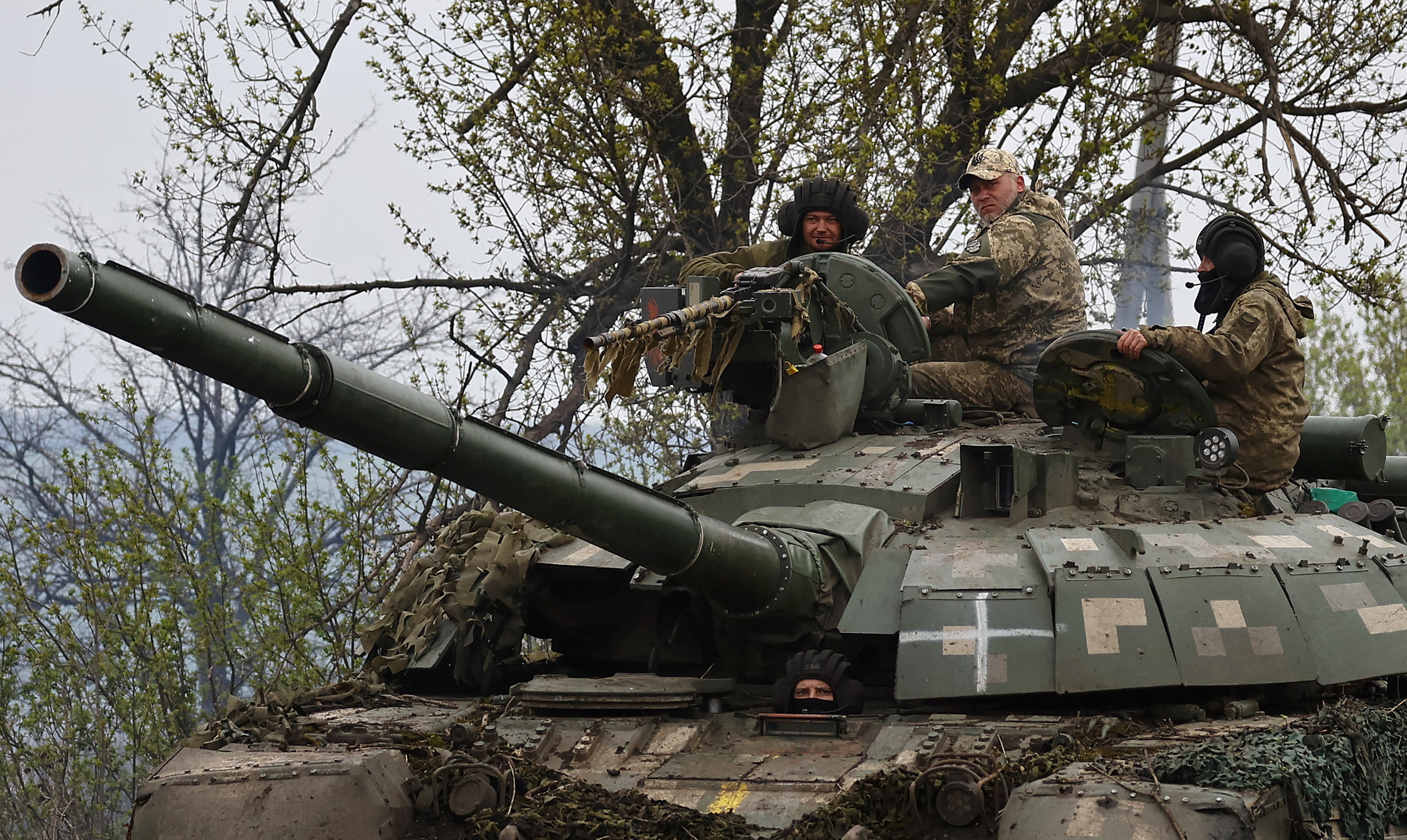The Pentagon leaks are staggering in scale – and expect more to come
The emergence of the documents is a very post-modern scandal, writes Kim Sengupta


Your support helps us to tell the story
From reproductive rights to climate change to Big Tech, The Independent is on the ground when the story is developing. Whether it's investigating the financials of Elon Musk's pro-Trump PAC or producing our latest documentary, 'The A Word', which shines a light on the American women fighting for reproductive rights, we know how important it is to parse out the facts from the messaging.
At such a critical moment in US history, we need reporters on the ground. Your donation allows us to keep sending journalists to speak to both sides of the story.
The Independent is trusted by Americans across the entire political spectrum. And unlike many other quality news outlets, we choose not to lock Americans out of our reporting and analysis with paywalls. We believe quality journalism should be available to everyone, paid for by those who can afford it.
Your support makes all the difference.The Pentagon documents currently being leaked are staggering in scale and range, an unveiling of secrets and lies spanning the globe with fresh and detailed instalments being drip-fed every day.
The Ukraine war has been the common link in revealing a web of intrigue involving governments, politicians and diplomats, intelligence agencies and the military, mercenaries and arms dealers, and millions of dollars in weapons and oil contracts.
The way the highly classified information marked “NOFORN” – prohibiting distribution to foreign governments including allies – emerged in the instant messaging and video platform Discord, to settle an argument between gamers, reveals an astonishing breach of security that the US military and intelligence agencies are scrambling to detect.
Among those who supposedly disseminated the files causing international ructions is a 20-year-old British-Filipino student known online as Wow Mao, based in the UK, who describes himself as a “s***posting internet micro-celebrity”. According to one account, the material was first posted on his meme group by a user called Mr Lucca, although it may have also appeared in a now-deleted server called Thug Shaker Central.
US defence secretary Lloyd Austin has pledged to “investigate and turn every rock until we find the source of this and the extent of it. They were somewhere in the web and who had access at that point, we simply don’t know.” CIA Director William Burns said the leak was “deeply unfortunate, it’s something the US government takes extremely seriously”.
The intelligence trail remains unclear at present. But what has appeared shows that the CIA and the National Security Agency in the US have been routinely spying on allies such as Israel and South Korea, as well as Ukraine and its president Volodymyr Zelensky.
Britain, one of the main backers of Ukraine in the conflict, unsurprisingly features prominently in the papers. One document, dated 23 March, says that around 50 members of UK Special Forces are present in the country, comprising half of the Western special forces contingent. The others deployed are from the US with 14, France, 15, Latvia, 17 and the Netherlands, one.
The UK strength mentioned would approximate to an SAS sabre squadron. But there have been reports that the Special Boat Service (SBS) has been in Ukraine as well. These reports remain unconfirmed, the Ministry of Defence has a policy of not commenting on UK Special Forces. The British government confirmed in June 2021, eight months before the Russian invasion, that the SAS and SBS have conducted exercises with Ukrainian troops.
The MoD tweeted that some of the material in the Pentagon leak “demonstrated a serious level of inaccuracy”. The US military, it should be noted, has stated that the documents are real, although one at least, charting the respective casualty figures of Ukrainians and Russians, appears to have been doctored.
Covering the war on the ground, I have come across accounts, again unconfirmed, of British and Western special forces activity. One has had to be careful in relaying them: the Kremlin narrative often credits Western forces, especially British, for successful operations carried out by Ukrainian forces.
I have had interesting encounters. In Kharkiv oblast, last summer for instance, I ran into an English trooper, with a Ukrainian unit, who I had met previously deployed with the SAS in Helmand in 2011. He wanted to stress he has left the British army and had come to Ukraine purely as a volunteer.
The leaked documents point to Ukrainian casualty figures being higher than publicly stated by Kyiv, which was broadly known by those familiar with the conflict. Also, that Ukrainian air defences were running out of munition. This again was known, but not to the extent suggested – that they will start running out by the end of May.
Much of the material is about Western efforts to keep Ukraine supplied with weapons. The latest tranche claims that Serbia, the only European state to refuse imposing sanctions on Russia following the invasion, with Alexander Vucic’s government repeatedly professing neutrality, had agreed to send arms to Ukraine, and may have done so already. The country’s defence minister, Milos Vucevic, denied the report; there is no comment, yet, from President Vucic’s office.
One of the most detailed accounts relates to the difficult dilemma faced by the South Korean government over an urgent American request for ammunition. The report, which almost certainly came from the US accessing South Korean communications, reveals deep concern that the supplies would be passed on to Ukraine, violating Seoul’s policy of not sending lethal aid to countries at war. One suggestion among officials was sending the munition to Poland, which could then place some of its former Warsaw Pact weaponry at Kyiv’s disposal.
The possible hack of another allied state yielded that Israel would supply Ukraine with weapons through a third-party while publicly denying it was doing so and continuing to call for dialogue to end the war.
Another revelation that seems to have come as a by-product from the US clandestine operation was that Mossad was fuelling the protests against Benjamin Netanyahu’s highly contentious attempts to overhaul his nation’s judiciary. The intelligence agencies leadership has “advocated for Mossad officials and Israeli citizens to protest the new Israeli government’s proposed judicial reforms, including several explicit calls to action that decried the Israeli government”, according to the report. Netanyahu’s government called the claim “mendacious and without foundation”.
Russia, too, was trying to leverage advantage in the Middle East, according to the papers. Egypt, which receives $1.3bn (£1bn) in American military aid each year, was planning to sell rockets and munition to Moscow, with Egypt’s president Abdel Fattah al-Sisi instructing officials to keep production and shipment secret “to avoid problems with the West”.
Russian officials, according to the documents, were boasting that the UAE has agreed to cooperate “against US and UK intelligence”. This was immediately denied by the UAE. But the allegation comes during a time of waning American influence in the region – with China brokering a diplomatic rapprochement between Saudi Arabia and Iran, and Saudi crown prince Mohammed bin Salman refusing US requests to raise oil production after the shortages caused by the embargo on Russia and announcing this week that it will cut production.
More secrets from the Pentagon may well be revealed in the coming days. There is no sign that this very post-modern spying scandal, with gamers on digital platforms calling the shots, will disappear anytime soon.
Join our commenting forum
Join thought-provoking conversations, follow other Independent readers and see their replies
Comments